By Andreas Themistokleous, Contributor
It really should have been a very brief article: “If she can’t see it, she can’t be it. Thanks for reading”. But, then, the editor would probably kick me off the team so, all jokes aside, you probably get the hint.
In February 2018, UNESCO called for fairer coverage of female sports and sportswomen, announcing that “only 4% of sports media content is dedicated to women’s sport and only 12% of sports news is presented by women.” They also deplored the stereotypical comments that circulated in the media, often focusing on physical appearance of female athletes or their family status, or even crediting their achievements to their male coaches and trainers. Just like the 2016 Rio Olympics, where Islamic female fencing athlete, Ms. Mohamad, saw 79% of reports, according to US-based media NBC, being about her hijab rather than her medal-winning performance.
“If she can’t see it, she can’t be it. This is the slogan of a new campaign, presented in October 2018, by the Federation of Irish Sport, setting out to create a measurable cultural shift in the perception of women’s sport so that it will be seen as something strong, valuable and worth celebrating”. Simply, brilliant!
Creating female role models in sports is as much about remodeling the current perceptions and empowering young females, as it is about being fair and treating athletes equally. Young girls need to actually see the confidence, leadership and accomplishment in other women, as well as the sacrifices necessary to excel in the field of sport, in order to envision themselves with those qualities and those abilities and endurance, but also realise that it is indeed possible for them too, to become equally successful.
In 2013, a study by “The Glass Hammer and Accenture” found that 83.3% of women, who had said they wanted a hierarchy position in tech corporations, also said they had a role model. The study concluded that there was a strong correlation between women with role models and women with leadership goals.
Furthermore, collaborative research from Women in Sport and the Youth Sport Trust, in the United Kingdom in 2018, suggested that only 56% of girls recognized that being physically active was important, compared to 71% of boys, with 45% of girls seeing the relevance of Physical Education lessons to their lives compared to 60% of boys. Disturbingly, the pivotal age at which girls started to lose interest in physical activity, according to this study, was just seven years old.
There is compelling evidence to suggest that role models are an important component for the development of females, whether that be on the field of play, or in the office, in politics, or social service. Female sport role models (as are male role models for that matter, but unfortunately yet to a bigger extent) are important since adolescent girls are bombarded with images of external beauty, instead of images of quality characteristics, usually found in female athletes. These role models can help offset the peer pressure and encourage girls to participate in sports and maintain a healthy and active lifestyle. Even if young girls don’t end up being pro athletes, they would have still gained valuable lessons from their role models.
Female sport role models can instill confidence, strong work ethics and even an emphasis on education. Confidence and leadership, teamwork and cooperation are all very important as qualities, which many female athletes exemplify and young girls need. Successful female collegiate athletes are excellent role models in showing young girls the importance of gaining an education and combining it with an athletic career.
Ultimately, utilizing female sport role models should be considered as an advantageous tool, which could aid and inspire the younger generation of girls to realize their true potential, develop skills and character, but also become more demanding of themselves and of others. It is apparent from this new-era lifestyle, which we have adopted, that people are increasingly becoming more susceptible to mirroring, given the influence of social media on the younger generation and the partial isolation that comes with them. Utilizing role models is indeed a healthy and productive practice to counter that too.
In closing this article, being practical in addition to theoretical, I would like to suggest ways in which to develop these role models. It could be done through events and seminars, where female athletes present their testimonials. It could be done by pairing young girls with athlete-mentors, or just by encouraging young girls to become consumers of female sports (hence the importance of media coverage, I mentioned above). Encourage people outside of the sporting world, those in positions of power or hierarchy in particular, to praise and support female athletes and empower them to become role models themselves. Don’t be afraid to showcase negative role modelling, as not every successful person in sports can be a true role model.
————————————————————————————————————————————-
Andreas T. Themistocleous (BSc, MA, MBA) is a native of Famagusta, Cyprus. He is a former basketball player, a NCAA Division I student-athlete and now a sports management/business professional. He has served in the sport industry from several positions, most notably in club football management, as a Board member of sport federations and as lecturer in academia. He is currently in the sports services industry. To connect and network with Andreas, find him on Twitter and LinkedIn.

